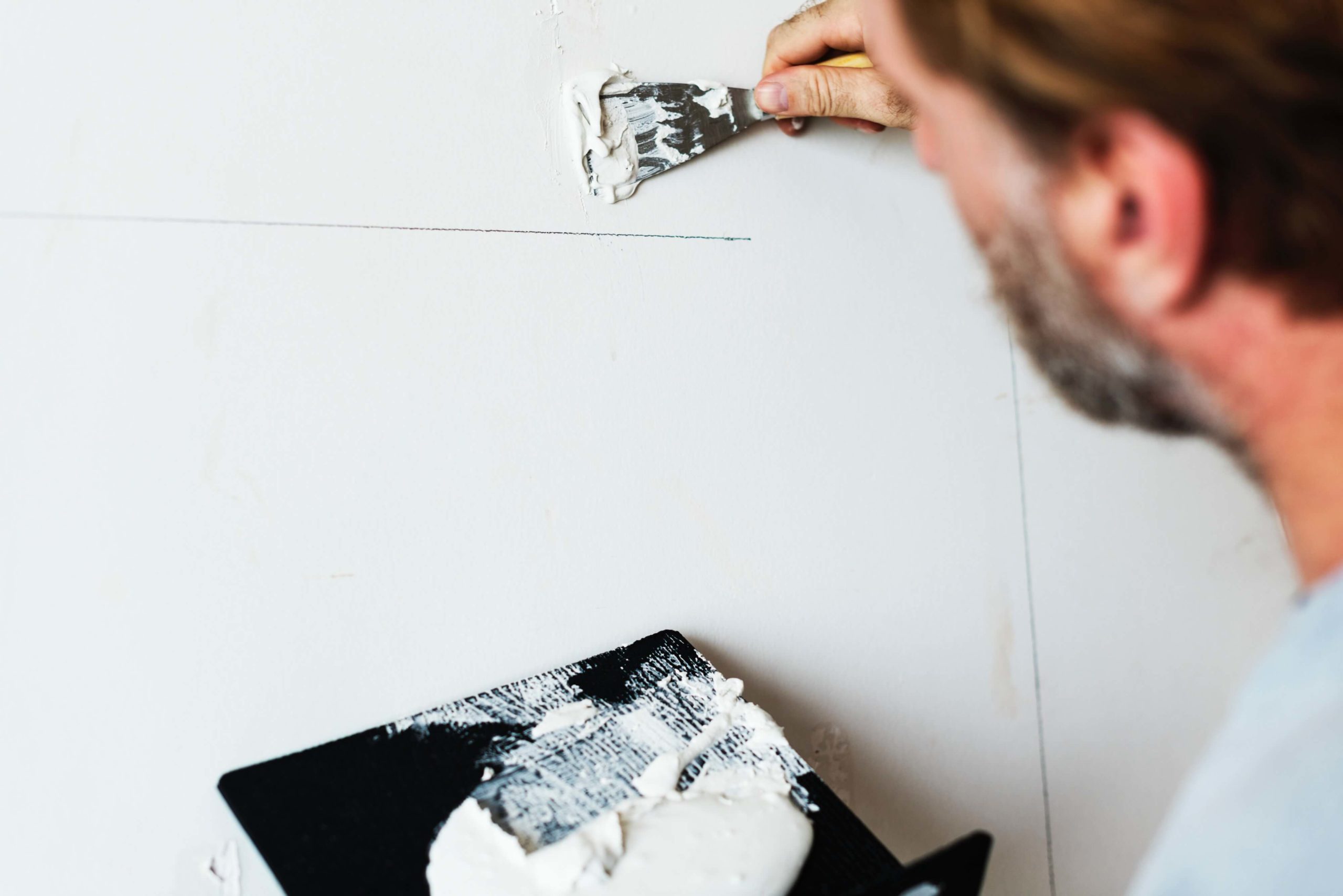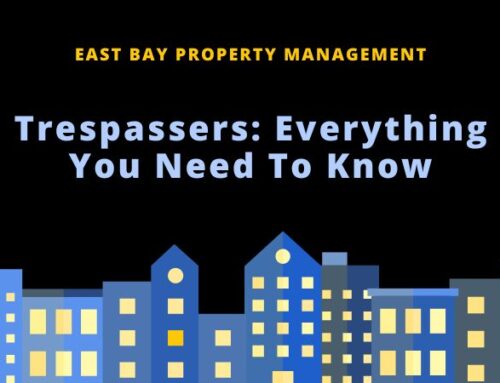At East Bay Property Management and Consulting, we’ve been managing properties throughout East Bay, California for decades. Throughout our experience managing these local properties, we have found many mistakes that California landlords frequently make. These mistakes are especially made if the landlords are new owners of a rental unit.
In this article, we are going to go over one specific mistake landlords typically make; we’re going to discuss the tenant’s security deposit refund, part of the California landlord-tenant law.
A landlord can charge tenants a security deposit. However, we’re certain that the security deposit may cause disputes between landlords and tenants, especially disputes that deal with their refunds. The first step in preventing these as a landlord is by making the details concerning the amount of the California security deposit absolutely clear in the lease or rental agreement. If you want to avoid security deposit disputes, keep on reading. This will help you make sure that you’re handling your tenant’s security deposit correctly, according to the California law and in a fair manner.
California Security Deposit Refund Form
Our team understands that it doesn’t matter whether you’re a new landlord or a more experienced East Bay landlord, everyone can use a helping hand when it comes to security deposits.
That’s why we’ve equipped our website with different resources that can help a landlord through their journey. The security deposit refund form can be downloaded off of our website under “owner resources” or you can just click here to access the file.
As a landlord, when you’re filling out this form, make sure to put the tenant’s name, the address that you’re residing at, and the exact amount of the original security deposit. With this being completed, you as a landlord, are ready to make your deductions and get a tenant’s deposit back.
What Can a Landlord Deduct From The Security Deposits in California?
From the security deposit, a landlord may deduct any rent payments, like last month’s rent or this month’s rent, that are owed, the utility cost owed, their late fees and unpaid rent payments, and any cleaning fees that are required. A landlord must list all these in the rental agreement, as in accordance with state rental law.
To know if a deduction needs to be made, you can conduct a walk-through inspection. However, before this, you must give the tenant a written notice. Although, if the lease agreement states that a written notice isn’t necessary, you aren’t obliged to provide the notice.
If you do make deductions, you will also have to provide an itemized statement. The itemized statement statement should list the reasons for the deduction and the deduction amount. A landlord cannot withhold this information.

What to Deduct from a Security Deposit?
In most cases, tenants are not able to keep the unit in the exact same condition as it was prior to them moving in to the landlord’s unit.
1. Cleaning Costs
The cost of cleaning an average three-bedroom-two-bath home professionally including inside windows here in the East Bay is right around $300.
So, that’s often deducted from the security deposit if the home was very clean prior to them moving in.
2. Untimely Damages
A landlord is also able to deduct due to unit damage caused by the tenant to the carpet, paint, and blinds. These should all have at least a three-year lifespan. You can’t make any deductions on normal wear and tear.
So, in other words, if the paint was brand-new prior to the tenant moving in, and that same tenant only resided in the home for one year, you should not have repaint any walls when they move out.
Because they were there one year, and the paint should have a three-year lifespan, you can then deduct two-thirds of the cost of the paint from their security deposit.
If they were there two years you’re only able to deduct from their security deposit one-third of the painting cost.
And if they were there three years you can’t deduct on the carpet, paint, or blinds, because they have a three-year lifespan.

Other Items You Can Deduct from the Tenant’s Deposit
A landlord is also able to deduct for any unusual wear and tear. In alignment with California law, you can’t deduct normal wear and tear from the security deposit, but if something was broken or abused, and beyond normal wear and tear, the landlord may be able to make that deduction. This is because ordinary wear and tear is a common, inevitable occurrence.
Now, when it comes to your deductions in form, you, a landlord, has 21 days of the tenant moving out of the home of the landlord to return the deposit and any monies owed.
If it’s not done within 21 days then the tenant is entitled to receiving 100% of their security deposit back, so the landlord has to make sure that that’s done within 21 days.
Any deductions over $125, according to rental law, require a receipt (at least an estimate). If a landlord doesn’t provide one then the deductions are not considered valid in small claims court.
There are instances in which a tenant can sue the landlord in small claims in certain cases. If conflicts between landlord and tenant arise surrounding the security deposit, these may be brought to a small claims court, according to California law.
Bottom Line: California Security Deposit Refund Law
The security deposit is part of the landlord-tenant law. If a landlord intends to avoid disputes, they must understand the security deposit refund law!
If you have any questions concerning security deposits or anything else, call me, Mike, at 510-996-3238.
Good luck, and happy land-lording!
This information is only meant to educate and not serve as legal advice or legal resources. For further help or more information about the tenant and landlord law, please consult an experienced management company or a law firm. They will have the right legal advice.
unpaid rent rent rent tenant tenant tenant tenant pay pay
court may lease lease lease lease inspection inspection legal legal legal rent





